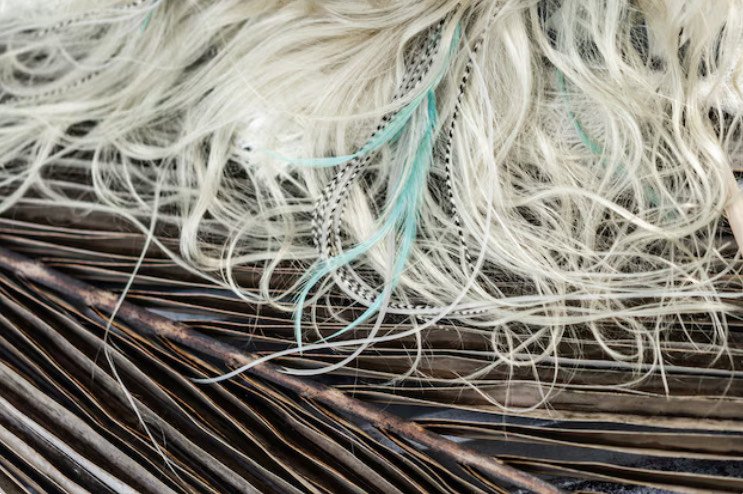From Lotus Stems To The Most Luxurious Fiber In The World
Lotus silk is one of the rarest fabrics in the world, produced only on a small scale across Cambodia, Myanmar, and more recently Vietnam. Lotus is a national flower of Vietnam, and the plant has grown across the country. This natural fiber is only extracted by a few skilled craftspeople across the world but making this silk is requiring a high level of skills. One scarf made from lotus silk can take two months, and the final product can cost ten times as much as regular silk.
How is it made?
The key difference between silkworms and lotus silk is the bright yellow cell and pale of lotus version, and every single strand of lotus must be extracted by hand. With lotus thread, the silk makers have to get the threads from the stem. Once the stem is selected and picked by hand, the silk inside can be extracted. Each stem only contains a minuscule amount of thin, sticky fibers which need to be rolled together and dried. The threads must be processed within 24 hours while they’re still wet. If not, they will break, so harvesting needs to be done every day. However, lotus plants are only available to pick between April and October. After the extracting process, the threads will be put in the loom, which is faster.
Why is lotus silk expensive?
Because most of the process is made by hand, a skillful worker can only make lotus threads from about 200 to 250 stems in a day. To produce a scarf 36 centimeters by 1.75 meters, it needs to use up to 9200 stems and takes two months for a worker to make one scarf which can cost more than $200. Even though these fibers are fragile and delicate, once woven, they can be as durable as traditional silk. The final product is unlike any other fiber. It is soft like silk, breathable like linen, and slightly elastic. This silk has become luxurious and popular for tourists when visiting Vietnam and searching for rare souvenirs. Many international fashion brands have also chosen lotus silk as their fiber for their products, representing the nobility.
Lotus silk is still limited because a few trained silk makers can make these threads. However, Vietnamese silk markers hope that it will turn to be a larger industry in the future and lotus silk will be known more all over the world.

